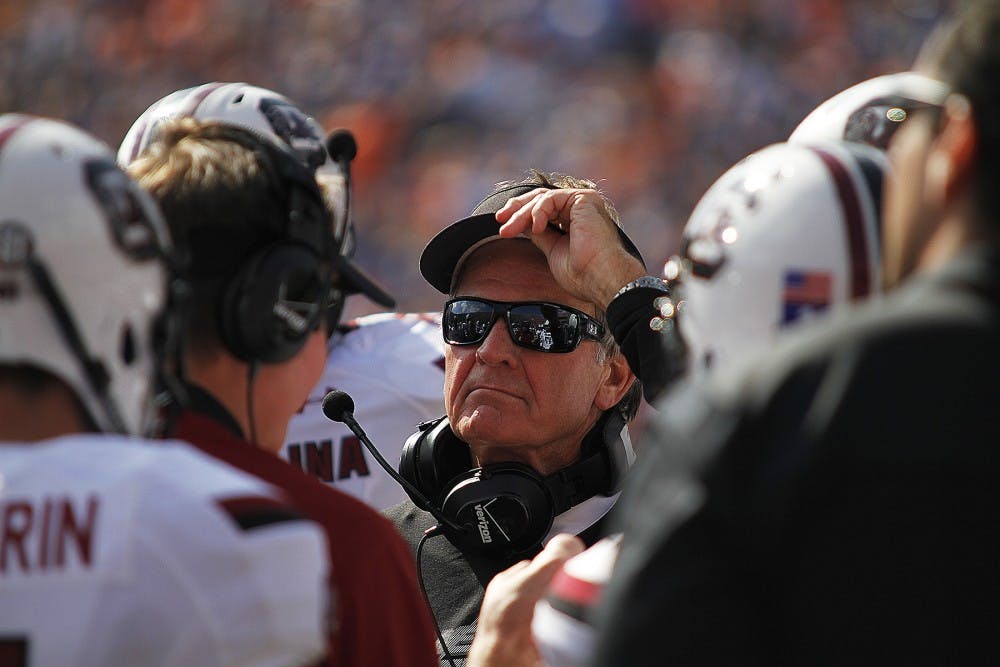December was a big month for student athletes in South Carolina. The senior classes at Clemson and South Carolina won their third and fourth consecutive bowl games, respectively, the Gamecock women’s basketball team claimed the top ranking for the first time in school history and state senator Marlon Kimpson from Charleston introduced a bill that would require both public institutions to pay some of their players.
Under Kimpson’s guidelines, the public universities would be required to pay their football and basketball players up to $2,500 a semester, or roughly what a student with a work-study job makes. In addition to that, those athletes would receive up to $5,000 a year in a trust fund that will be gifted to them upon graduation and the completion of a financial literacy course.
Last year, South Carolina sports and entertainment management professor Tom Regan conducted a study on the economic impact of Gamecock athletics on the Columbia area. He found that from fall 2013 through spring 2014, South Carolina athletics had a $199 million impact on Columbia’s economy. Additionally, 2,329 new jobs were created as a direct result of Gamecock athletic programs.
Currently, students on scholarship are awarded money based on the “cost of attendance” — a basically arbitrary number created by the NCAA — that includes room and board, tuition and various other fees such as meal plan and tickets to other sports. However, this number has remained constant since the 1980s, failing to even adjust for inflation.
Just about everyone in South Carolina knows the story of Marcus Lattimore. The 19th overall prospect and SEC freshman of the year in 2010 endured two gruesome knee injuries during his career and never saw a snap in an NFL game.
This, Kimpson says, is a common theme present in college sports today.
“97 percent will not make it,” he said, “But many have lifelong injuries arising from their student-athlete services to the university. I want to award them something, because they’ve done great work.”
Opponents of the bill argue that paying athletes would make them professionals, thus ruining the integrity of the college game. Others argue that the cost is too great.
In the early to mid-1900s, similar arguments were used against paying college coaches. Today, however, the average Division I football coach makes $1.64 million. For all 113 athletes to be paid, (assuming 100 percent are academically eligible) the cost would be approximately $565,000 per year, or 34 percent of what the average coach makes.
South Carolina head coach Steve Spurrier makes $4 million a year.
In fact, three of the four highest paid state employees work for South Carolina athletics. They bring the university money and are paid aptly. The athletes that actually put their bodies on the line are not, plain and simple.
This is not a new issue. Spurrier has been in favor of paying his athletes for years, often offering to do so out of his own pocket. Currently, there are dozens of proposals on the national level, but none of them are past the “talking” stage.
South Carolina’s athletic department recently released a statement on the issue stressing their goal is, “providing a championship experience for its student-athletes in all phases of their time at the University.” Charles Bloom, Senior Associate AD/External Affairs, also stated that, “Within the rules of the NCAA and the Southeastern Conference, South Carolina will provide the benefits necessary to make this possible.”
Kimpson’s bill is currently in the senate subcommittee but will be brought to the Senate floor for debate as early as this spring. College athletes are ambassadors for the school, and while nothing has been done yet, it looks as if players will be compensated for their work sooner rather than later.

